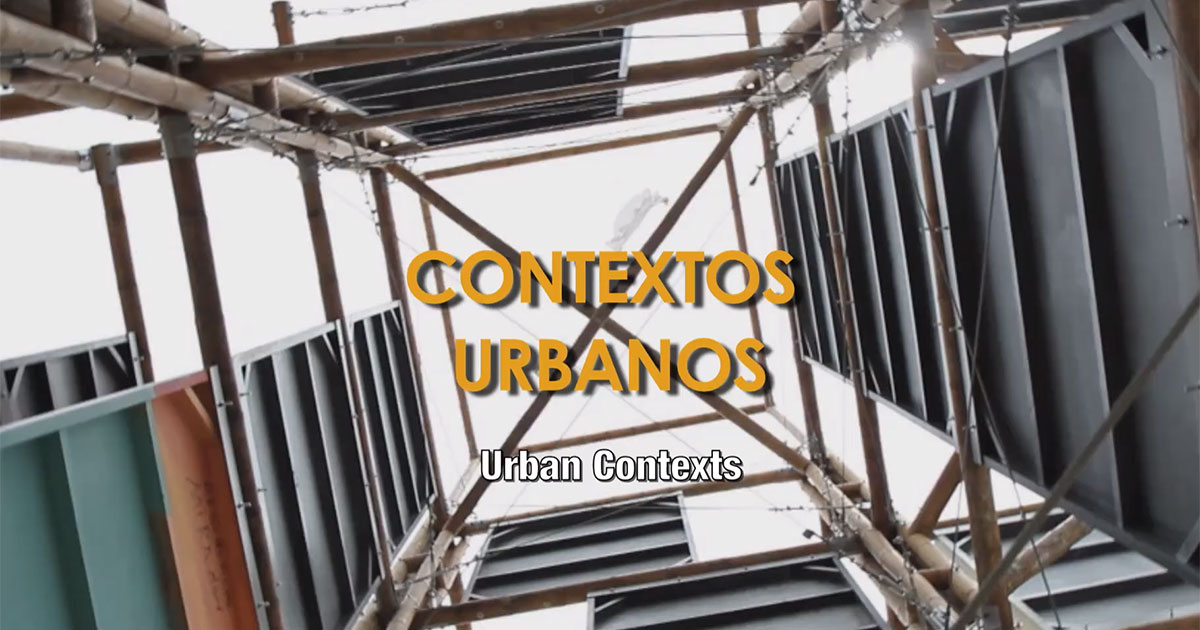
Bogotá is located on the eastern range of the Andes, more than 600 miles from the nearest seaport. Medellín, the capital city of the mountain region, is located on the central mountain range. Cali is located on the great Cauca River in the valley between the central and western ranges of the Andes. Map designed by Sandy Wang

Bogotá is located on the eastern range of the Andes, more than 600 miles from the nearest seaport. Medellín, the capital city of the mountain region, is located on the central mountain range. Cali is located on the great Cauca River in the valley between the central and western ranges of the Andes. Map designed by Sandy Wang
The cities of Bogotá, Medellín, and Cali sit at the crossroads between diverse regions and ecosystems, where the rural and urban, the national and international converge. Beginning in the twentieth century the social, economic, and cultural vibrancy of these cities has attracted a steady stream of migrants from the rural areas seeking lifestyle and employment options not available in their farming communities. They have swelled the population of these cities together to 12 million. The growing interdependence between tradition and modernity evident in Colombia's cities has set in motion changes in the customs, habits, and occupations associated with daily life, giving rise to new cultural patterns. These cities have become cosmopolitan centers where one can observe the intersection of cultural, religious, and artistic trends from around the world.







As the country's capital city, Bogotá is the hub of political and economic power; the strategic point of convergence for the vast and diverse regions of the country. Emblematic of Medellín is the figure of the silletero, or flower vendor, who in the past would transport persons and small loads, but today carry flowers grown in their own gardens. Cali is now one of the centers of salsa music that has flourished among the large Afro-Caribbean and migrant populations that historically flocked to participate in the city's burgeoning industrial sector.


